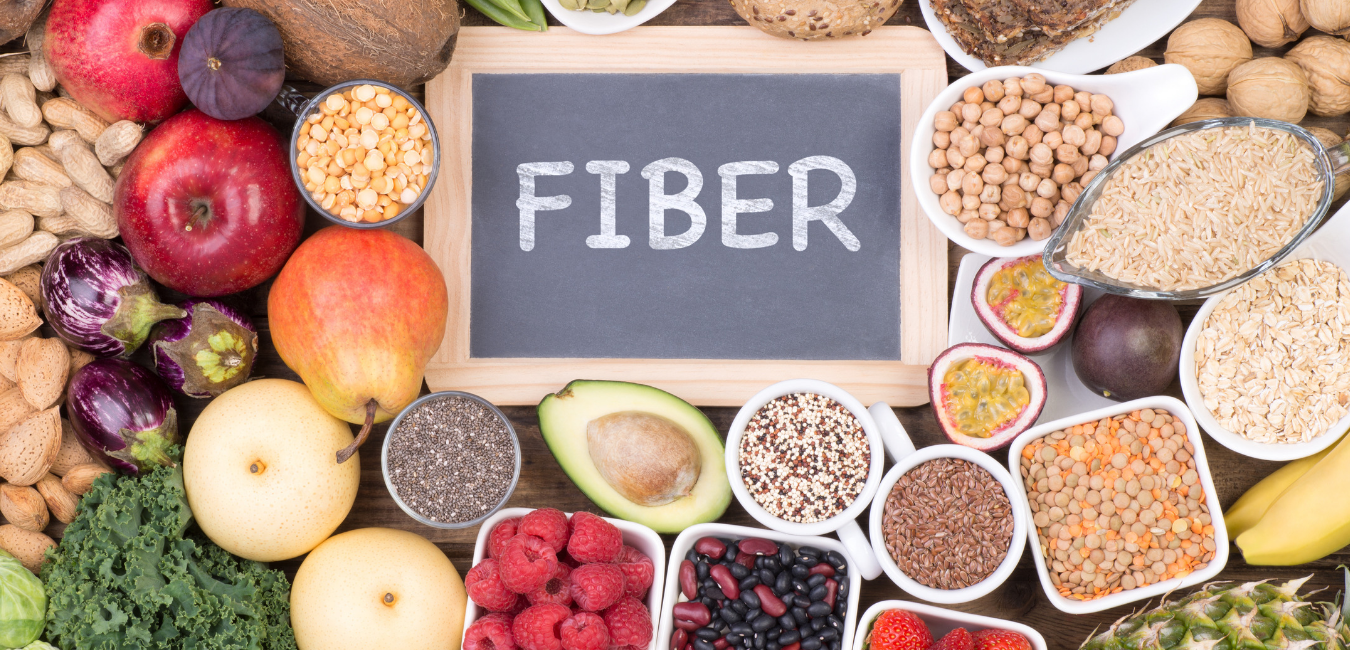Heart-healthy diets include plenty of vegetables, fruits, beans, and whole grains like oatmeal, brown rice, and whole-grain bread and pasta. One thing these foods have in common is fiber.
Fiber is good for your body in many ways and especially good for your heart. The results of a large review study just released by the World Health Organization (WHO) are thumbs up on fiber.
Researchers found that people who ate more fiber lowered their risk of heart disease, stroke, and some types of cancers by 15%-30%. And they lived longer. The more fiber they ate, the lower their risk. The review study included findings from 243 studies from around the world, so the results are very strong.
And it’s not the first time scientists have found that fiber improves heart health. A 2014 study from Harvard Medical School showed that people who ate little fiber had more problems that often led to heart attacks and stroke. The problems included being obese or having lots of inflammation in the body, which may be a sign of harmful cholesterol buildup inside blood vessels.
There are two kinds of fiber. Insoluble fiber is found in whole grains, wheat bran, and vegetables. Soluble fiber sources include oat bran, barley, nuts, seeds, beans, lentils, peas, and some fruits and vegetables.
Both types of fiber have been linked to heart health. Doctors think fiber helps the heart by lowering cholesterol and blood pressure. It also helps with weight loss—fiber fills you up, making it easier to turn down extra helpings of food.
The problem with fiber is that most people don’t get nearly enough. Americans get about 15-17 grams a day. But in the WHO study, people who got the biggest health boost were eating about 25-29 grams of fiber a day.
How can you be sure to get the benefits of fiber? Try these steps:
- Add more servings of fruits and vegetables throughout the day.
- Switch to eating whole grains most of the time, choosing 100% whole wheat bread and 100% whole-grain pasta instead of their white versions.
- Eat more foods that are rich in fiber, such as bran cereal, beans, nuts, and seeds. Avoid fruit juices and eat the real fruit. Check food labels for how many grams of fiber are in each serving and choose foods higher in fiber.
- Add up the amount of fiber you eat during the day. Try to get at least 25 grams a day. Use this chart from the U.S. Department of Agriculture to look up fiber counts on foods that aren’t labeled. Over time, counting grams of fiber in foods will become second nature. Here are a few examples:
High-fiber bran cereal (1/3-3/4 cup) 9-14 grams
Navy beans (1/2 cup) 9 grams
Lentils (1/2 cup) 8 grams
Pear (1 medium) 5 grams
Avocado (1/2 cup) 5 grams
Chia seeds (1 tbsp.) 4 grams
Raspberries (1/2 cup) 4 grams
Sweet potato (1 medium) 4 grams
Almonds (1/4 cup) 3 grams
Orange (1 medium) 3 grams
Be sure to increase the amount of fiber you eat slowly—it can take time for your system to get used to it. Drinking more water and walking more will also help your body adjust to this healthy change. The health benefits of fiber build over time, so eating a high fiber diet over a longer period of time helps promote health and prevent disease even more. Keep in mind that the more fiber you eat, the more your heart will thank you for it!

